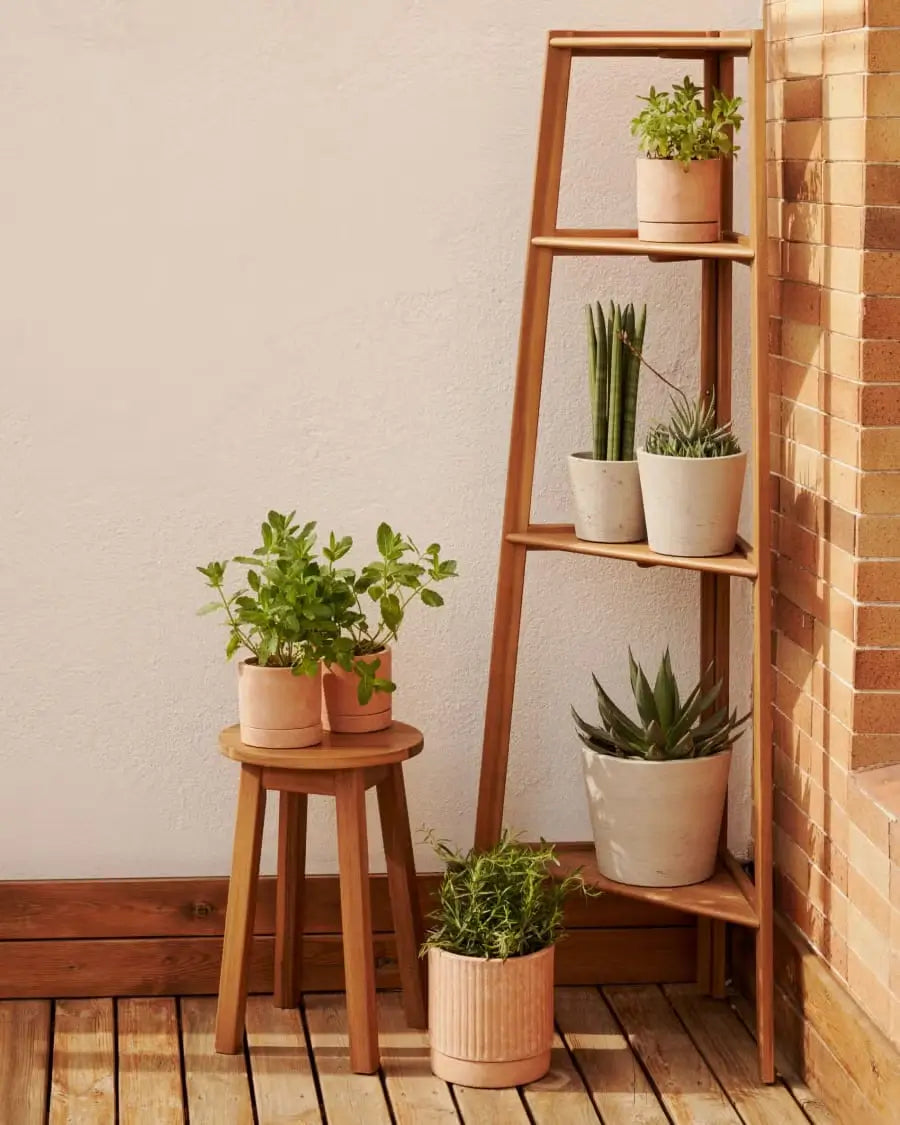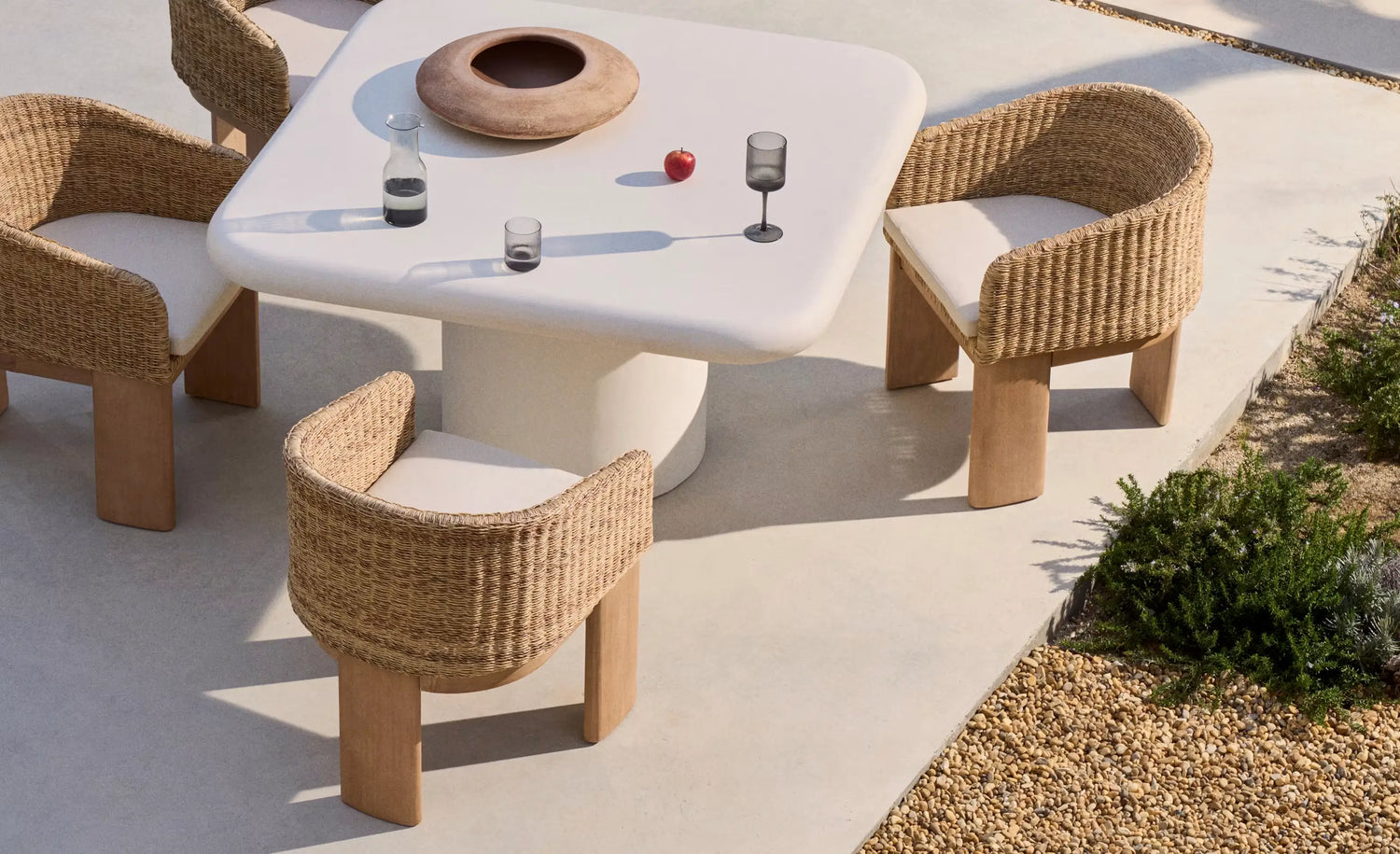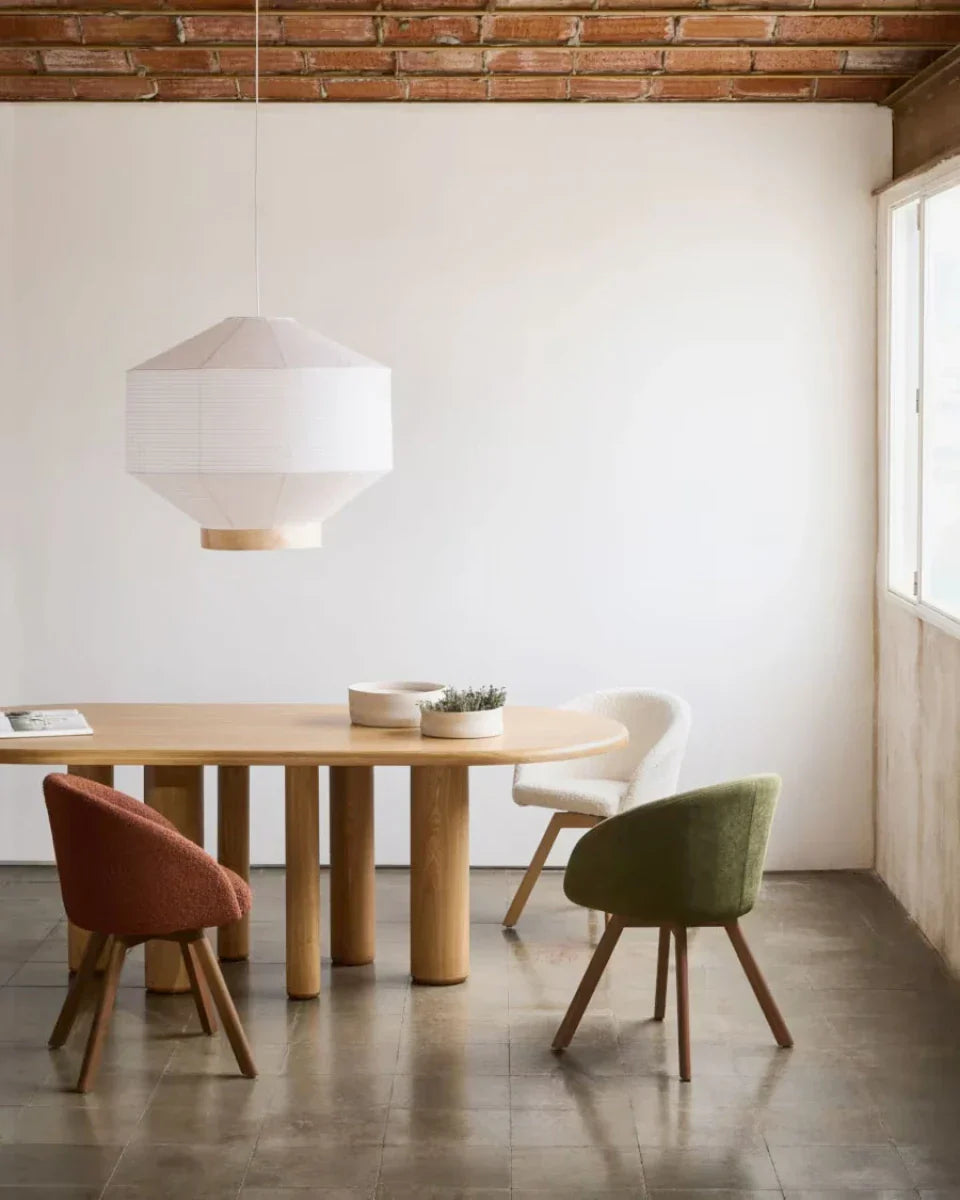In a world where living spaces tend to become increasingly compact, knowing how to efficiently decorate a small space has become an essential skill. Whether you live in an apartment in the heart of the city or a cozy house, making the most of every square meter is key to creating a home that is not only functional, but also aesthetically pleasing. Below, we share design tips and tricks that will help you transform any small space into a place that feels spacious and welcoming.
1. Light and Neutral Colors: The Illusion of Space
One of the most effective tricks to make a small space look bigger is the use of light, neutral colors. Shades like white, beige, light gray, and soft pastels have the ability to reflect more light, which helps to open up the space and give it a spacious feel.
Suggestion:
Paint the walls in a light colour and combine them with furniture in similar tones to create a coherent and harmonious environment. If you want to add a touch of colour, do so through accessories such as cushions, paintings or rugs, but keep the predominant colour palette in light tones.
2. Multifunctional Furniture: Maximizing Space
Multifunctional furniture is a lifesaver in small spaces. From sofa beds to extendable tables, these pieces allow you to make the most of every inch without sacrificing style or comfort.
Suggestion:
Consider investing in a bed with built-in storage or a sofa with hidden compartments. Folding tables and modular shelving are also great options as they can be adjusted to your needs, freeing up space when not in use.
3. Mirrors: Space Amplifiers
Mirrors are known for their ability to create the illusion of more space. By reflecting light and views, a well-placed mirror can make a small room appear larger and brighter.
Suggestion:
Place a large mirror on a strategic wall, such as in front of a window or behind a sofa, to maximize the spacious effect. You can also use mirrors on furniture, such as tables or cabinets, to add brightness and depth.
4. Adequate Lighting: Key to Spaciousness
Good lighting can dramatically change the perception of a space. Small spaces often benefit from a combination of natural and artificial lighting to prevent them from feeling closed in or claustrophobic.
Suggestion:
Opt for light curtains that allow natural light in during the day. For the evening, use a mix of ambient, task and decorative lighting. Floor lamps, wall sconces and pendant lights can add height and depth to the space, while recessed or LED lights under furniture help keep the area well-lit without taking up visual space.
5. Organization and Storage: Everything in its Place
In small spaces, clutter can quickly overwhelm the room and make it feel even smaller. The key is to be organized and creative with storage.
Suggestion:
Use floating shelves to make use of wall space and keep the floor clear. Decorative boxes and baskets can hide small items that might otherwise create visual clutter. Furniture with built-in storage, such as beds with drawers or benches with hidden compartments, are essential for maintaining order.
6. Proportional Furniture: Size Matters
Selecting furniture that is proportional to the size of your space is crucial. A large sofa or an oversized dining table can dominate a small room and make it feel cramped.
Suggestion:
Opt for small to medium-sized furniture that won't overwhelm the space. Pieces with visible legs, like sofas and tables, allow more of the floor to show, helping the room feel more open. Also, choose furniture with clean, simple lines to maintain an uncluttered look.
7. Vertical Spaces: Taking Advantage of Height
When floor space is limited, look up. Taking advantage of walls and vertical areas can free up valuable floor space and make your home appear larger.
Suggestion:
Install tall shelves that reach up to the ceiling for extra storage and to draw the eye upward, which helps create the illusion of a taller space. You can also hang curtains from the ceiling instead of just above the window to give the impression of greater height in the room.
8. Open Design: Fluidity and Continuity
Creating an open or semi-open plan layout where possible can make a small space feel larger. By removing physical barriers between areas, you allow light to flow freely and create a feeling of greater spaciousness.
Suggestion:
If walls can't be removed, consider using lightweight dividers, such as open shelving or curtains, that separate spaces without blocking light or views. Unifying flooring throughout the home also contributes to a seamless flow, which helps the space feel larger.
9. Minimalist Decoration: Less is More
Minimalism is not only a design trend, but also an effective strategy for maximizing small spaces. By reducing the number of objects and furniture in a room, you create a feeling of spaciousness and order.
Suggestion:
Focus on having only the essentials and choose decorative pieces that are functional. Avoid overloading accessories and opt for a clean, uncluttered approach. Minimalism doesn't mean that the space has to be cold or characterless; on the contrary, it's an opportunity to highlight special pieces that you really love.
10. Using Textures and Patterns: Adding Visual Interest
Although small spaces benefit from a simplified decorative approach, incorporating textures and patterns can add depth and visual interest, preventing the space from feeling flat or monotonous.
Suggestion:
Introduce textures through rugs, pillows, throws, or curtains. Small patterns, such as thin stripes or geometrics, can work well in small spaces as long as they're not overwhelming. If you decide to use a bolder pattern, limit it to a specific area, such as an accent wall or piece of furniture, to maintain balance.
Decorating a small space can seem like a challenge, but with the right strategies, it’s possible to create a home that feels spacious, inviting, and full of style. From choosing light colors to incorporating multifunctional furniture and clever use of lighting, every detail counts to maximize the feeling of space. Remember, the goal is to strike a balance between functionality and aesthetics, creating an environment that not only looks good, but feels good to live in as well. Start transforming your space today and enjoy the benefits of an optimized, beautiful home!
If you want to know more about how to adapt these tips, don't hesitate to see our projects




